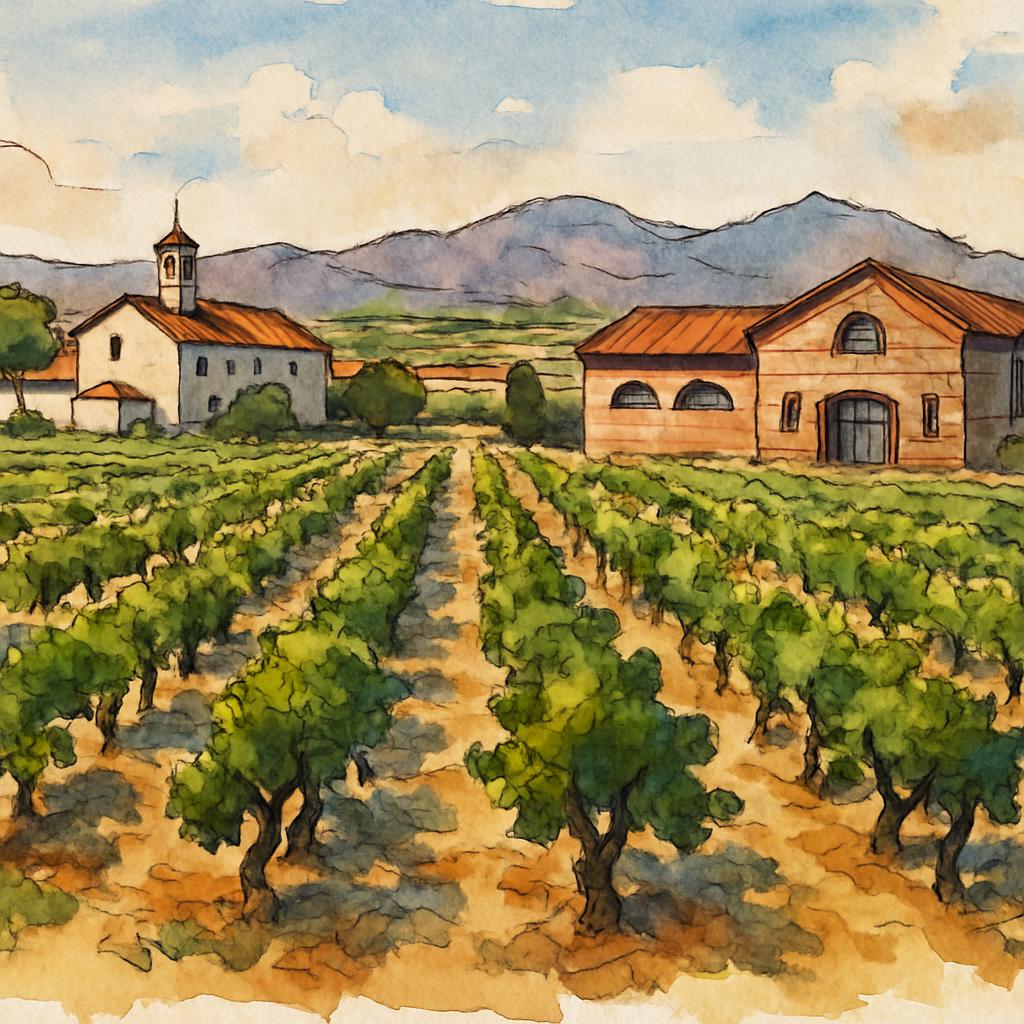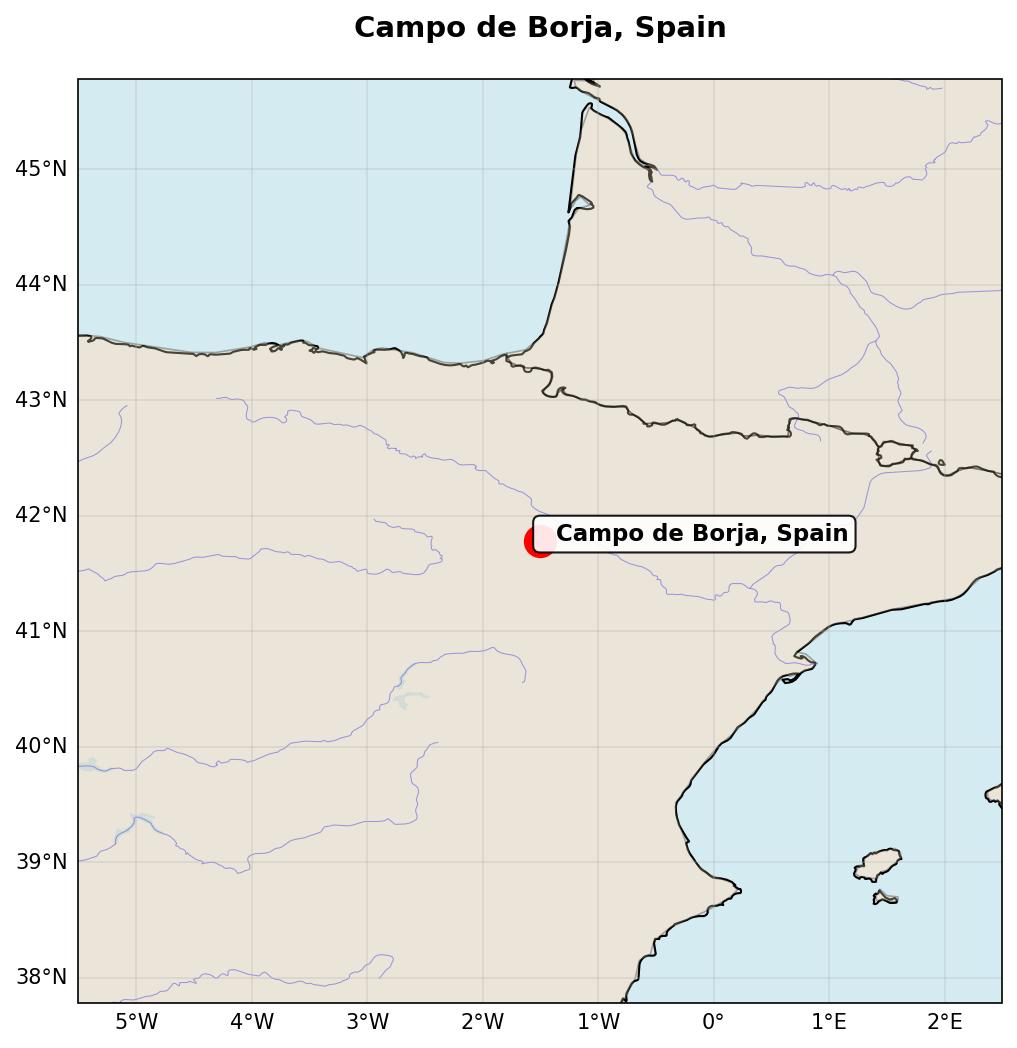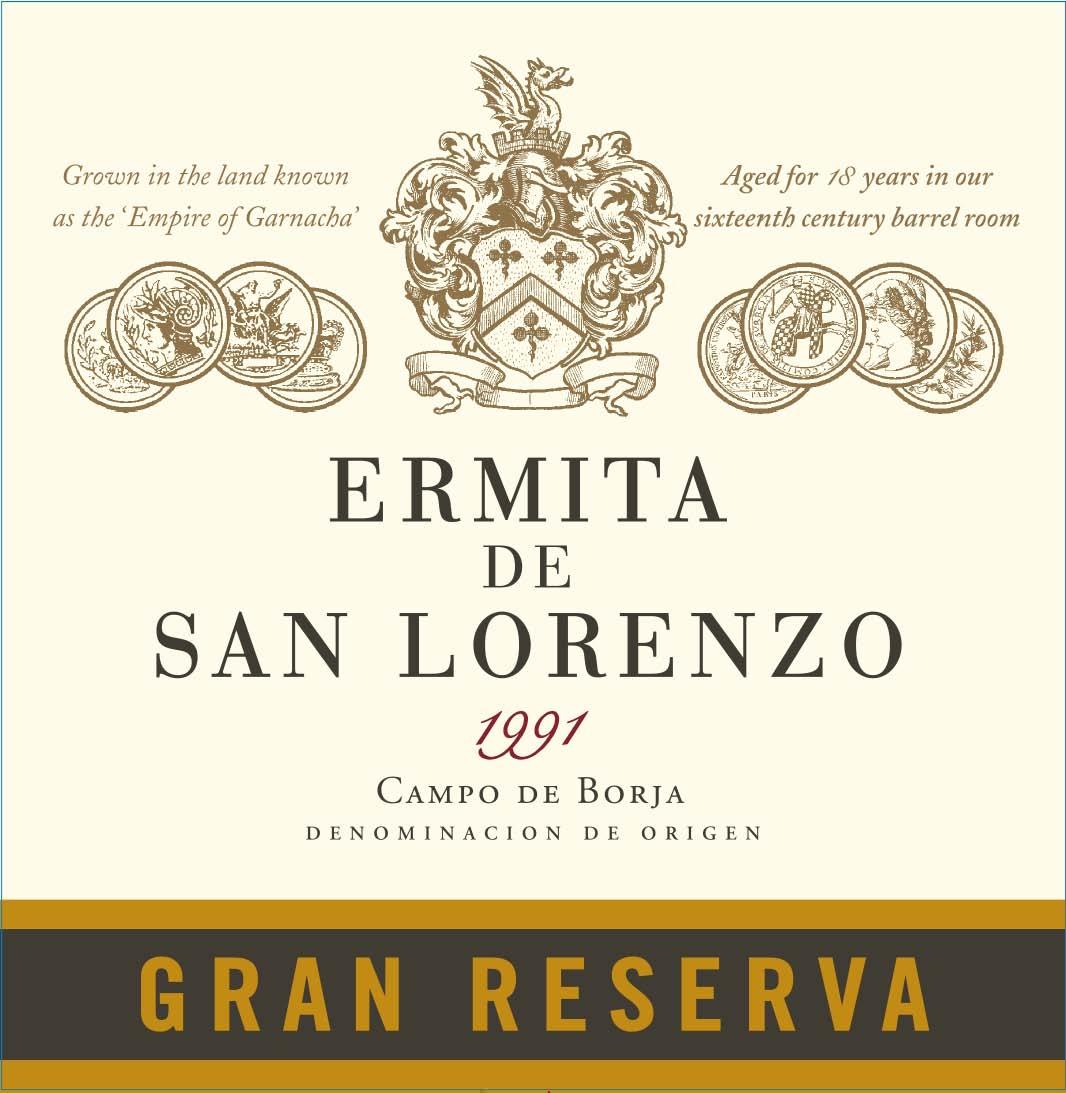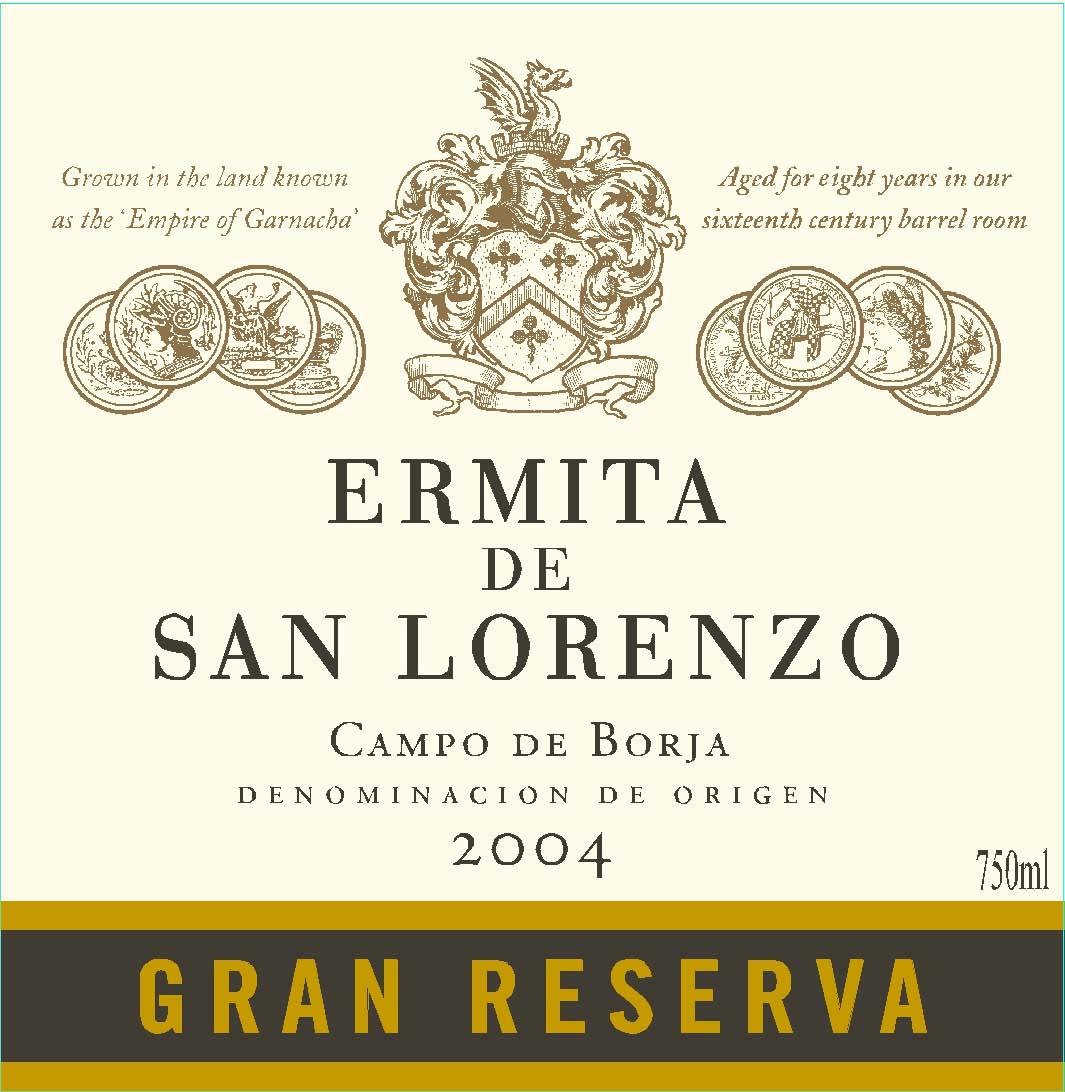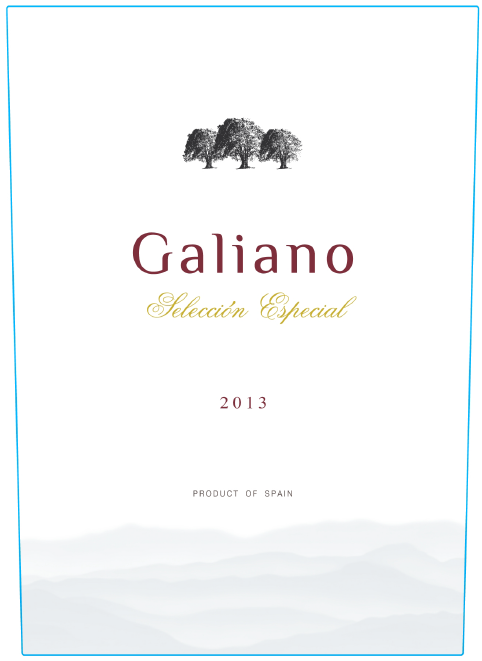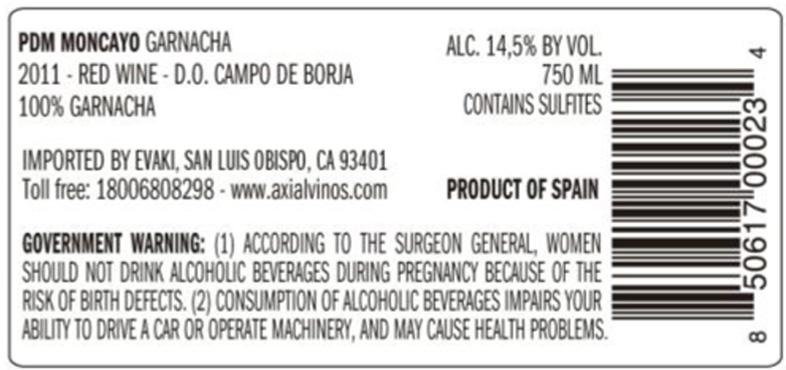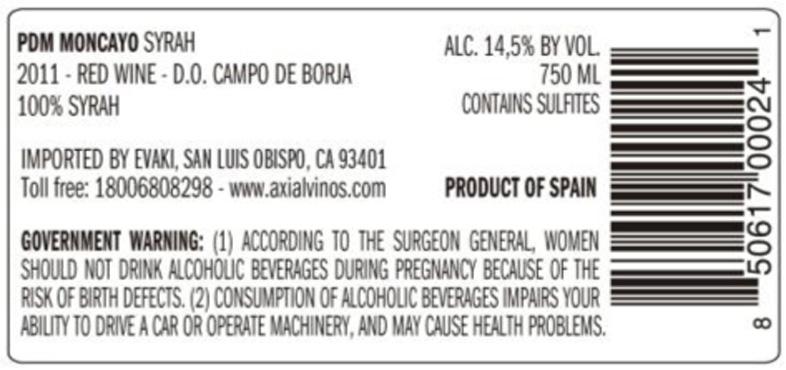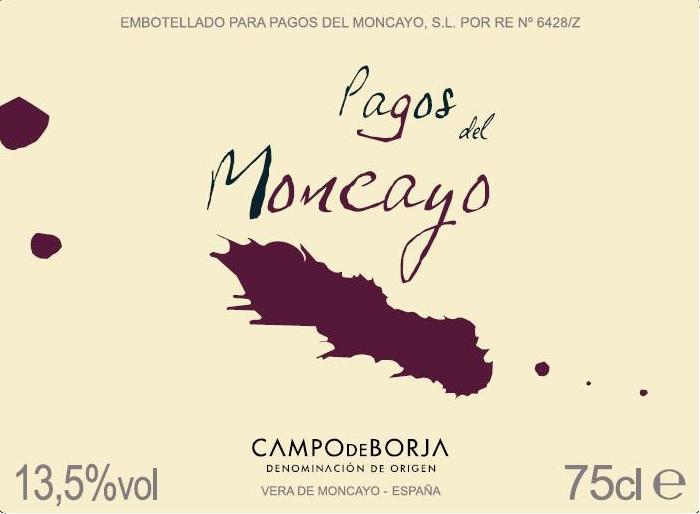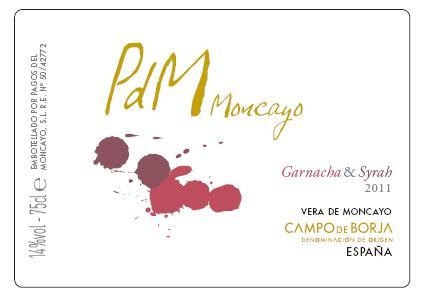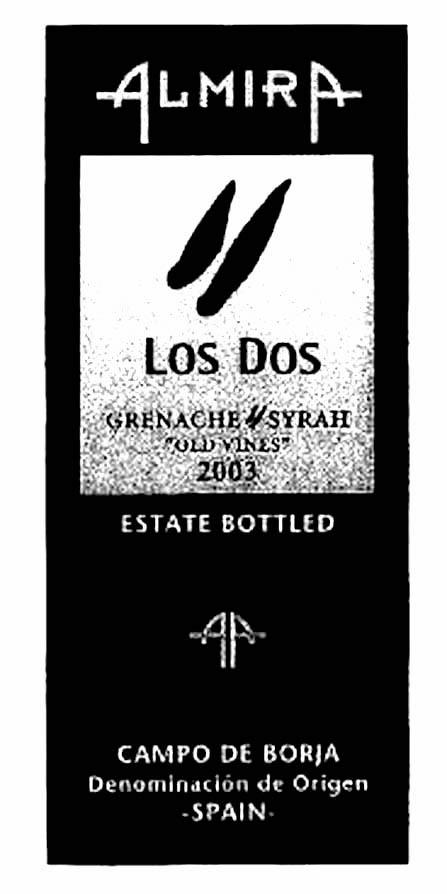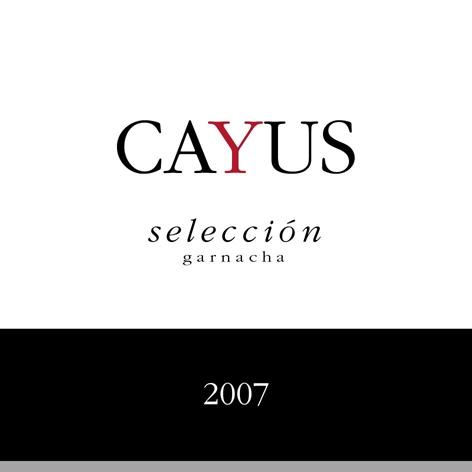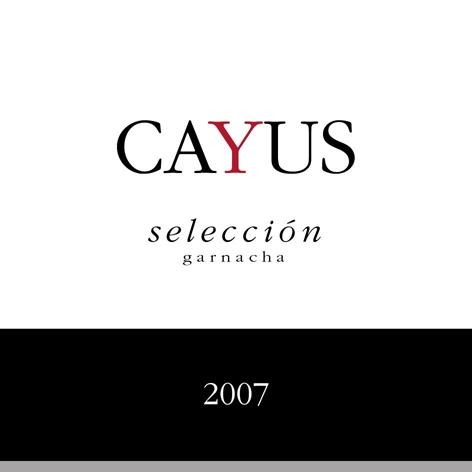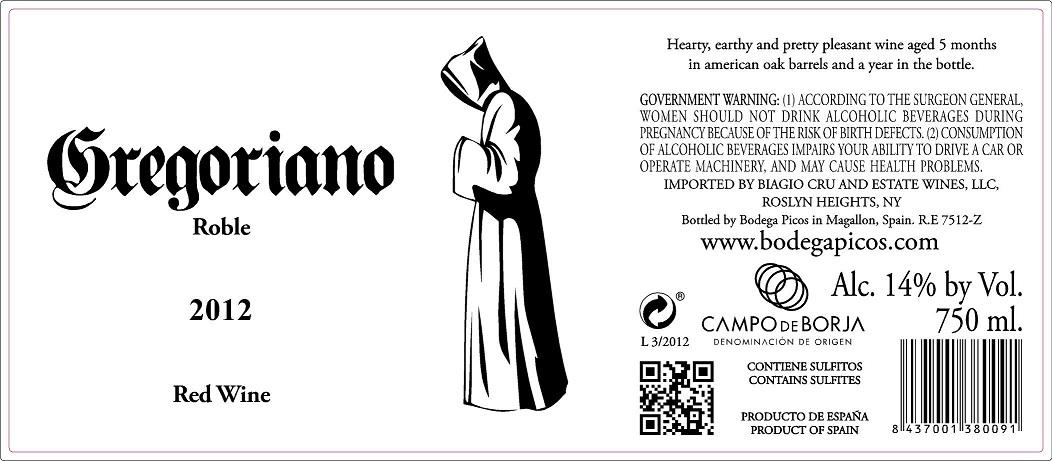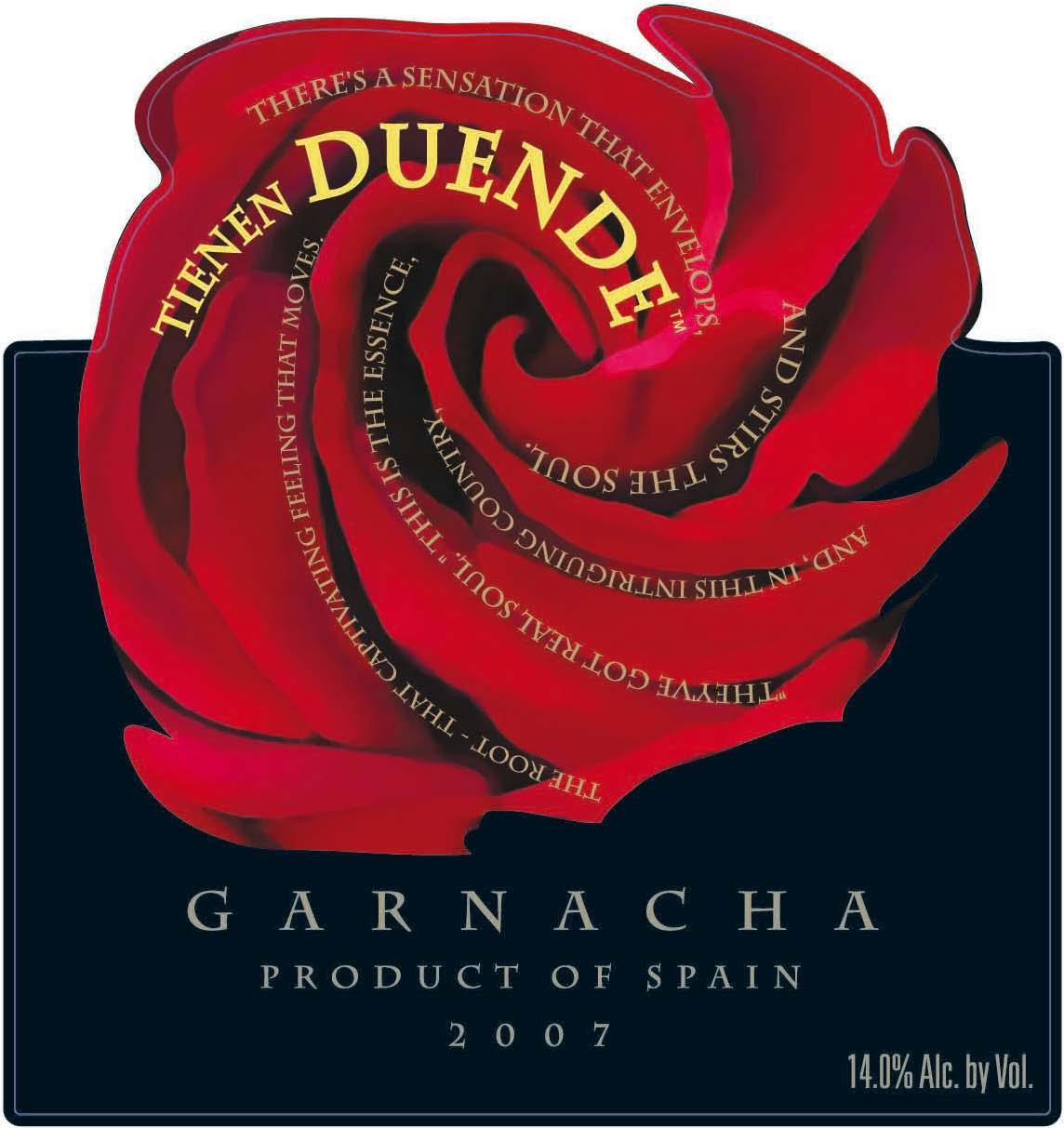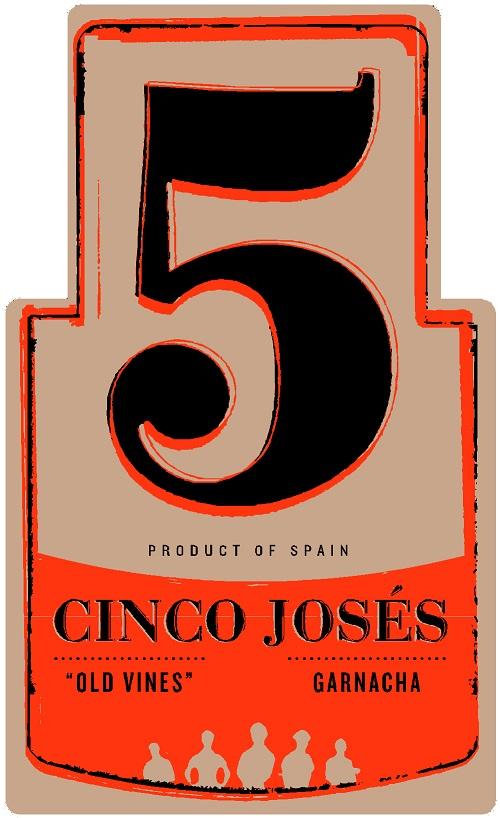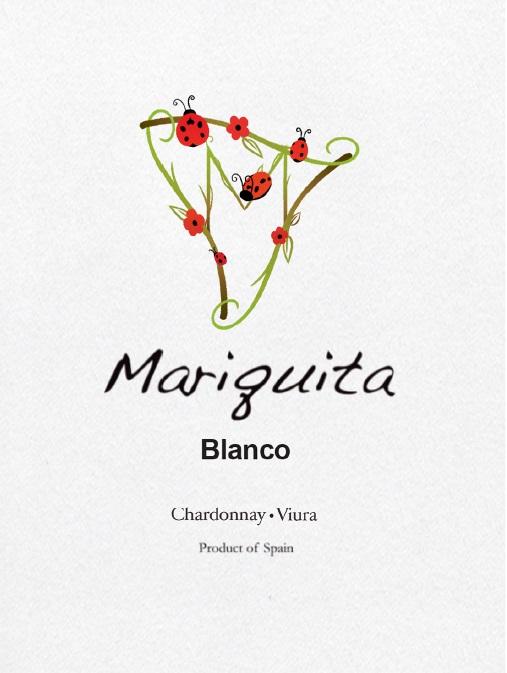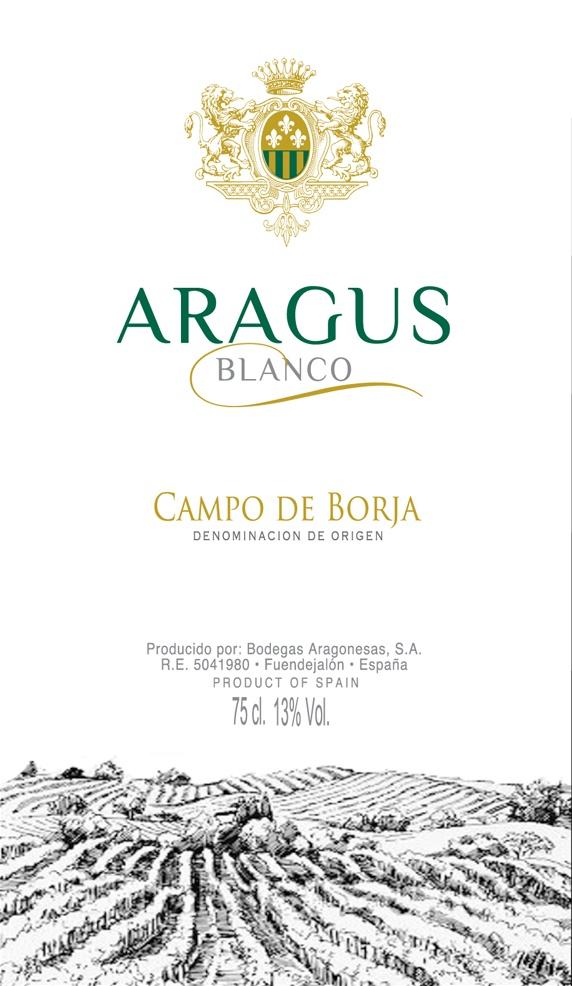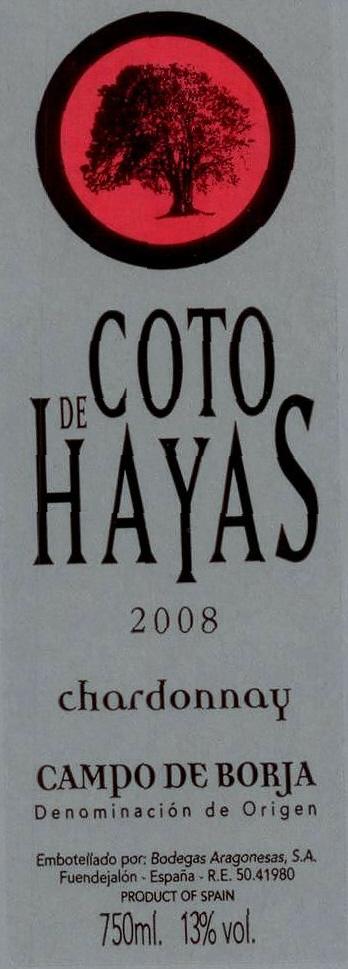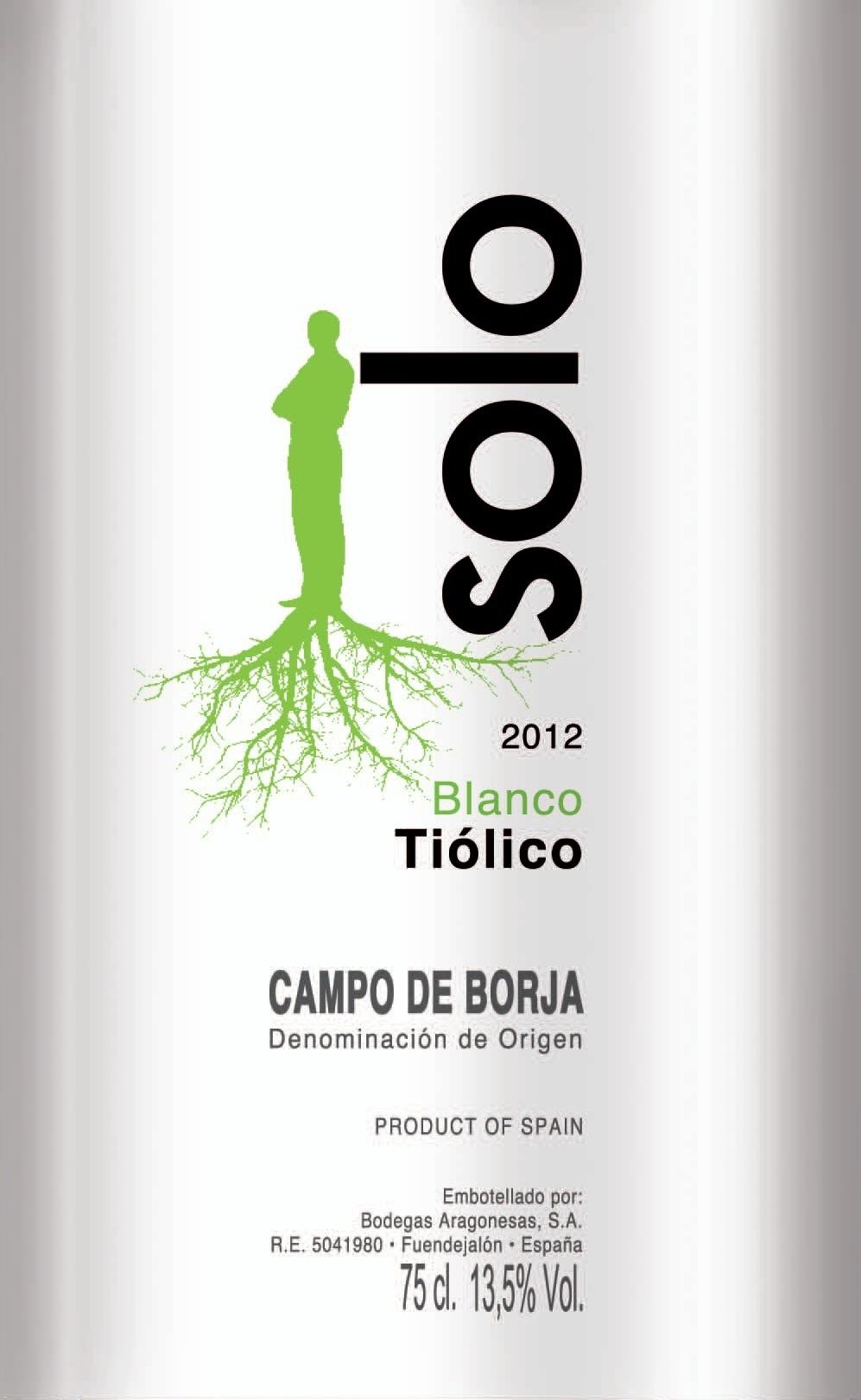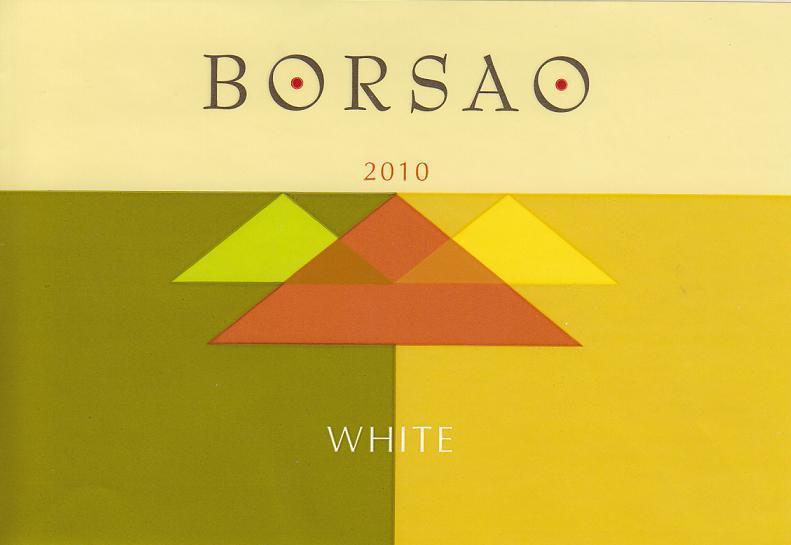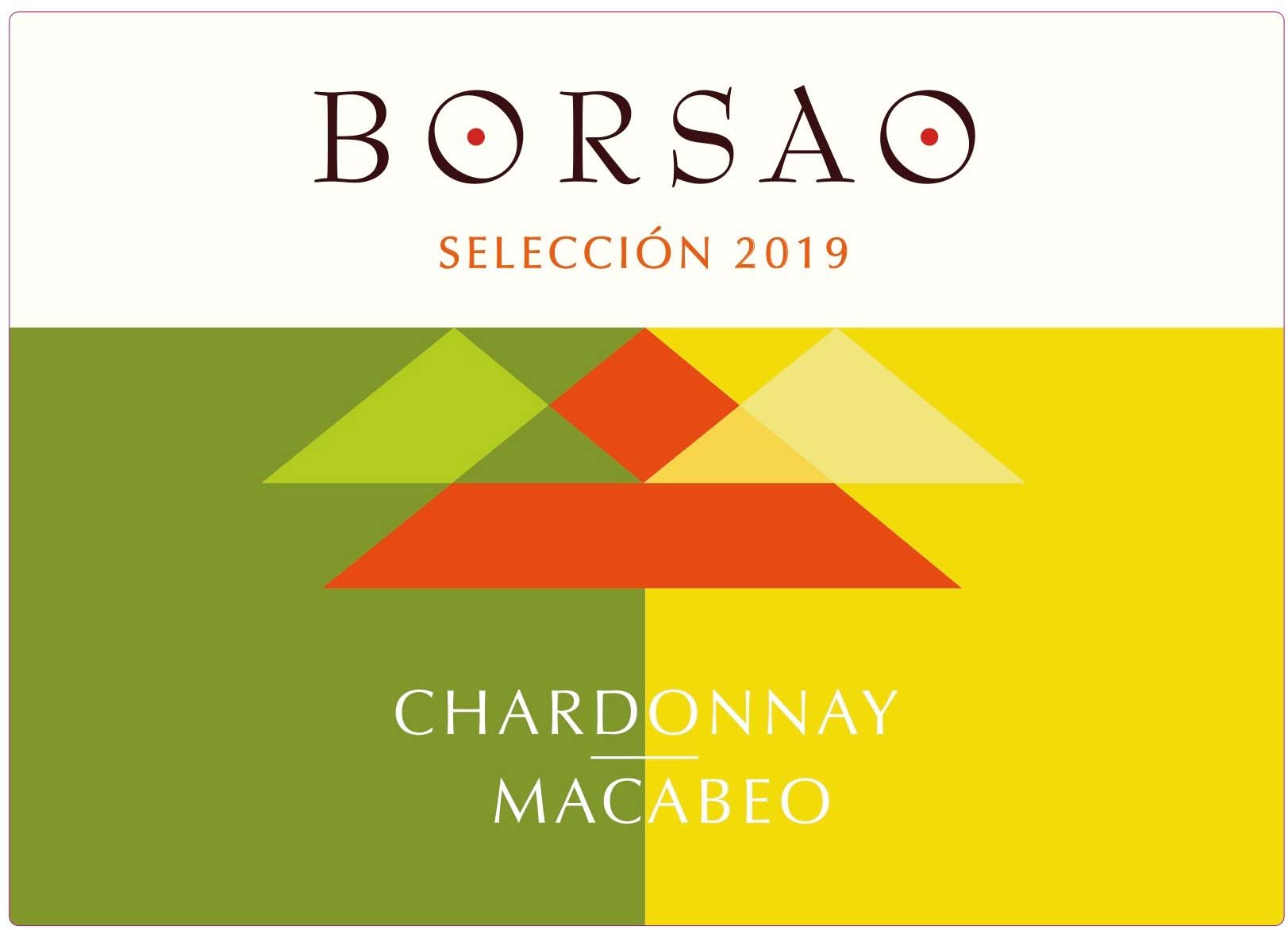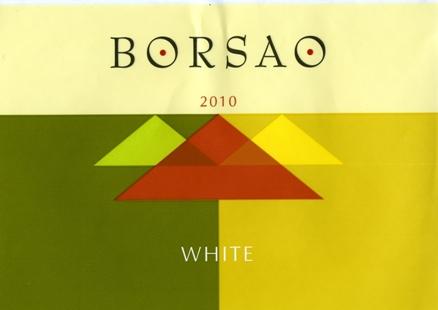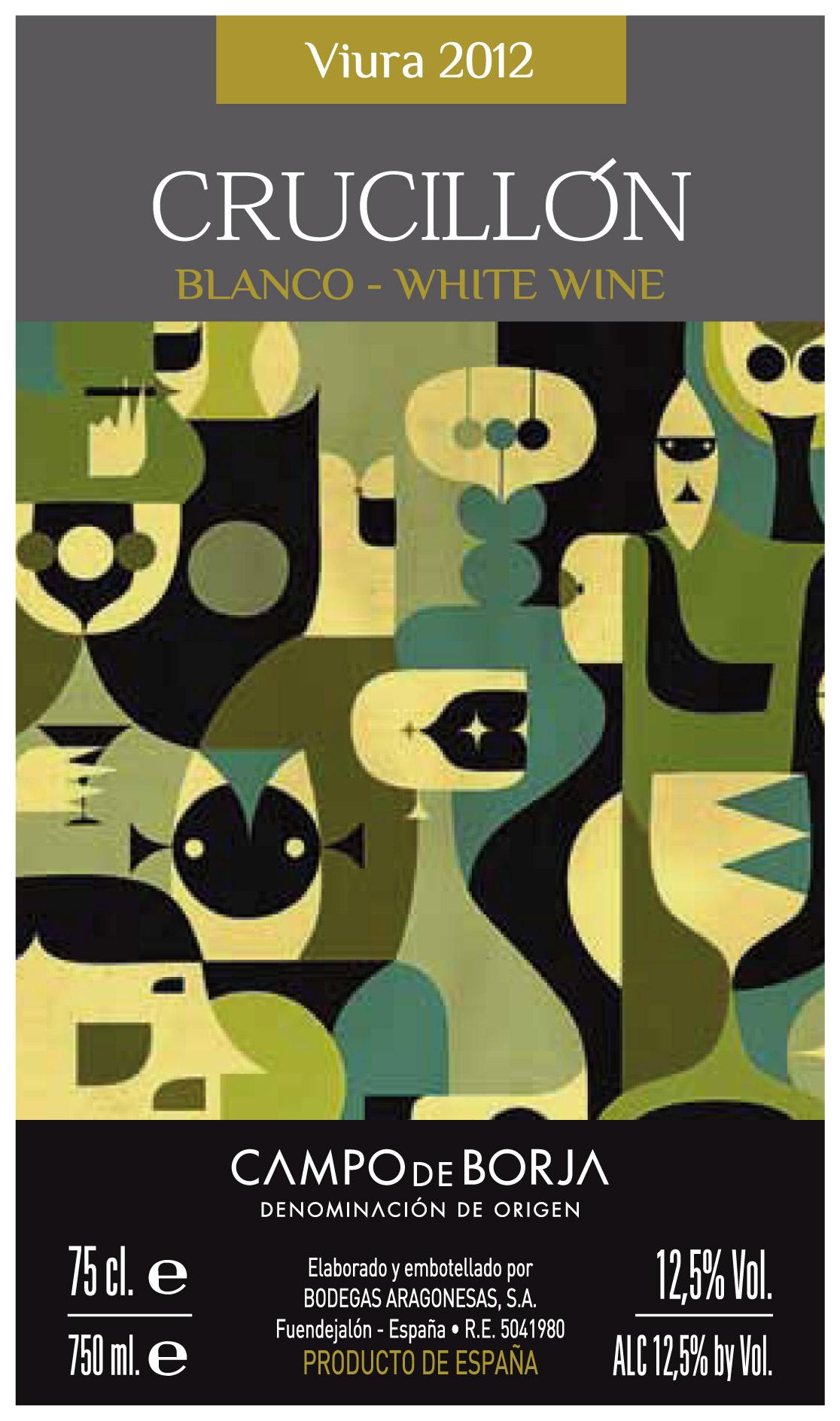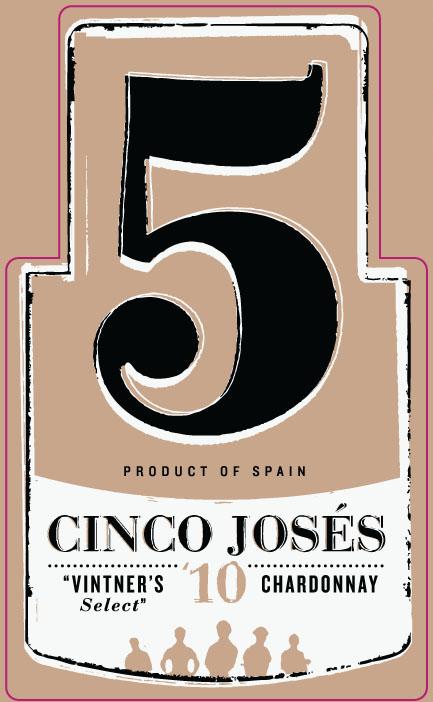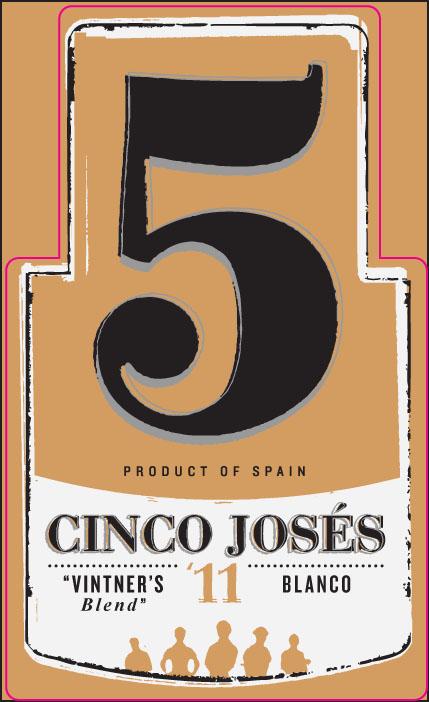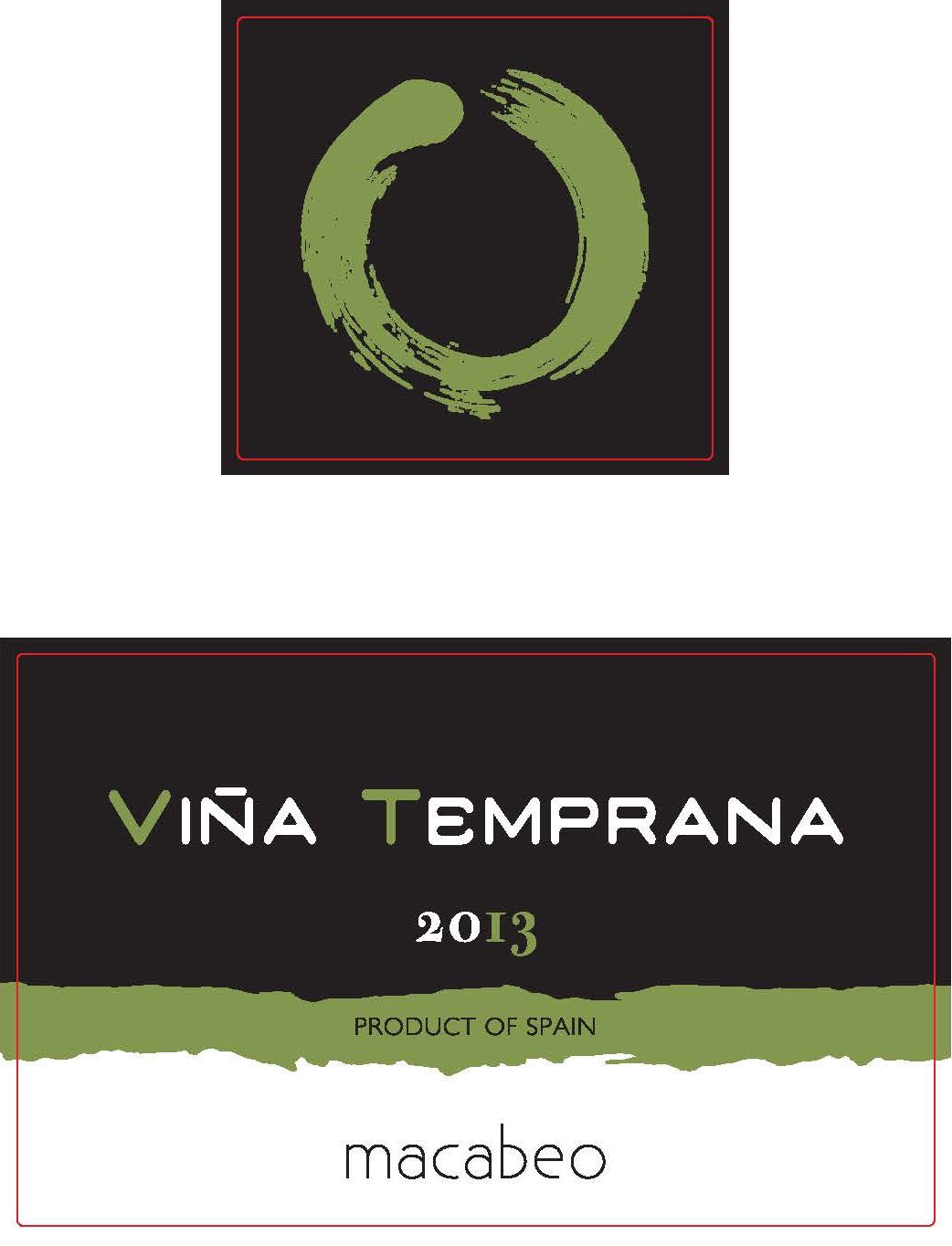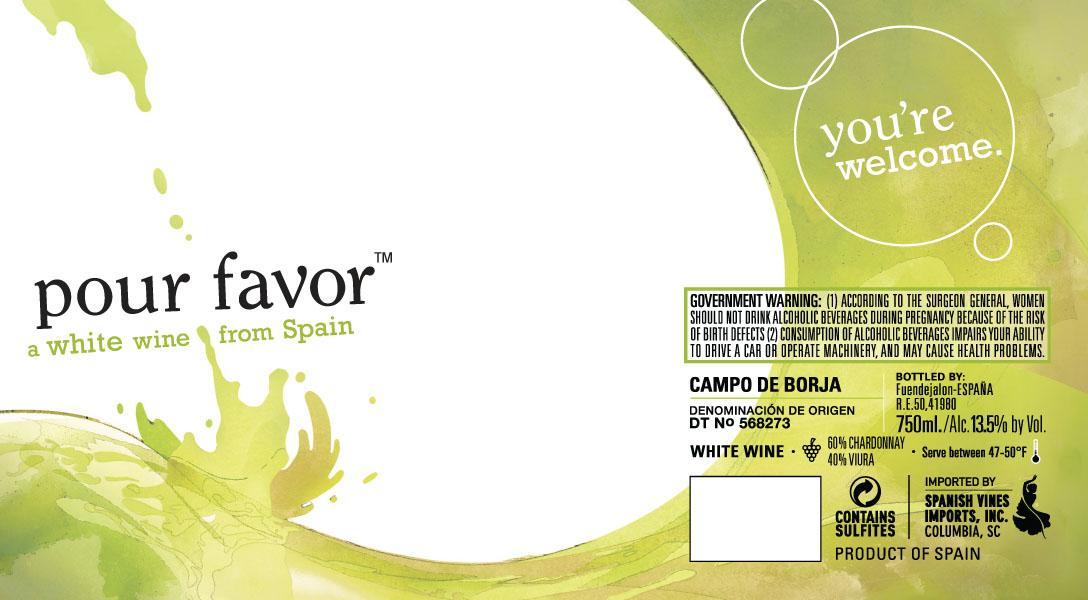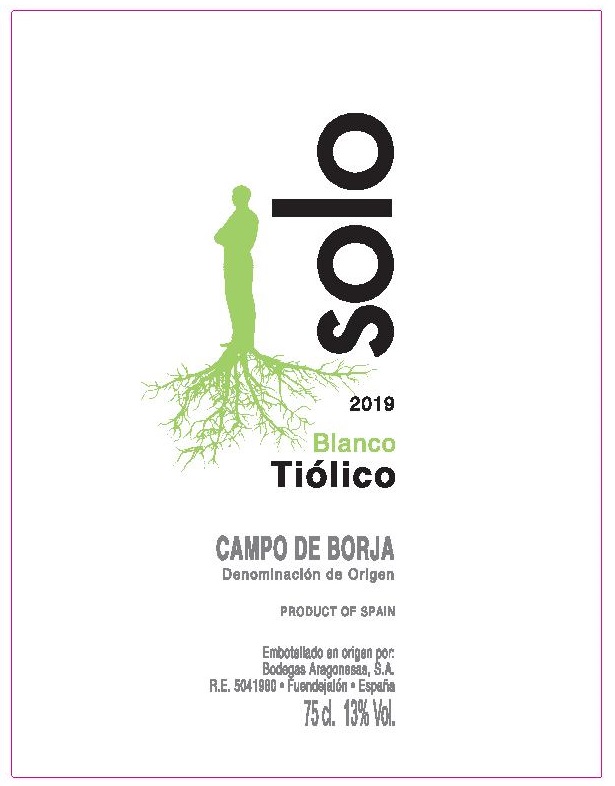Terroir of Campo de Borja
Campo de Borja's terroir is shaped by a continental climate, influenced by the Moncayo mountains. The region faces hot, dry summers reaching 35 °C and cold winters dropping to –5 °C. With limited rainfall of 350–430 mm and plenty of sunshine, grapes fully ripen across its varied altitudes.
Vineyards, from 350 to 750 meters, are set on terraces and slopes, forming unique microclimates. Lower areas (350-450 m) with calcareous soils produce strong wines, while mid-zones (450-550 m) with iron-rich clays create structured wines. Higher areas (550-700 m) offer elegant wines due to cooler conditions. The region's poor, diverse soils of brown clay loams and gravel add complexity, allowing winemakers to blend for balanced flavors, ideal for the renowned Garnacha and other varieties.
Notable Wineries in Campo de Borja
In Campo de Borja, a region celebrated for its Garnacha, several notable wineries are setting the standard for quality and innovation. These producers, whether large cooperatives or small family-owned estates, showcase the diversity and richness of this unique terroir:
-
Bodegas Borsao: Known for its exceptional Garnacha, blending tradition with modern winemaking techniques to produce wines with bold flavors and smooth tannins.
-
Bodegas Aragonesas: This winery excels in crafting rich, full-bodied reds and crisp whites, emphasizing sustainable practices and the unique characteristics of indigenous varieties.
-
Bodegas Alto Moncayo: Renowned for its single-vineyard Garnacha, this estate focuses on low-yield, high-quality production, resulting in concentrated and complex wines that capture the essence of Campo de Borja.
Sustainable Winemaking in Campo de Borja
In the heart of northern Spain, Campo de Borja is embracing sustainability with vigor, reflecting its commitment to preserving both its storied landscapes and the future of winemaking. Growers are increasingly adopting organic and biodynamic practices, focusing on the health of their soils through cover crops and composting, while dry-farming techniques leverage the resilience of older vines in drought conditions.
Efforts to conserve energy and water, alongside the selective use of native yeasts, underline a dedication to minimal intervention, allowing the true character of Garnacha to shine. The region's council actively promotes soil conservation, especially on its iconic terraces, ensuring that future generations can enjoy the spirited wines born from this unique terroir.
Wine Tourism in Campo de Borja
Wine tourism in the Campo de Borja region of Aragón offers a rich, immersive experience. The Ruta de la Garnacha connects charming villages such as Magallón and Borja, each boasting unique wineries where visitors can taste the renowned Garnacha wines.
Tours often combine wine tastings with local culinary delights like migas and roast lamb, and may include visits to olive oil and almond farms, highlighting the area's agricultural heritage. Beyond wine, the Moncayo Natural Park provides opportunities for hiking and biking amidst breathtaking vineyard views.
Many travelers savor the region's rustic charm by staying in agritourism accommodations, enjoying a blend of tradition and modern comforts. This approach fosters an appreciation for the landscape and the artisanal methods of winemaking, reflecting Campo de Borja's dedication to sustainability and quality.
